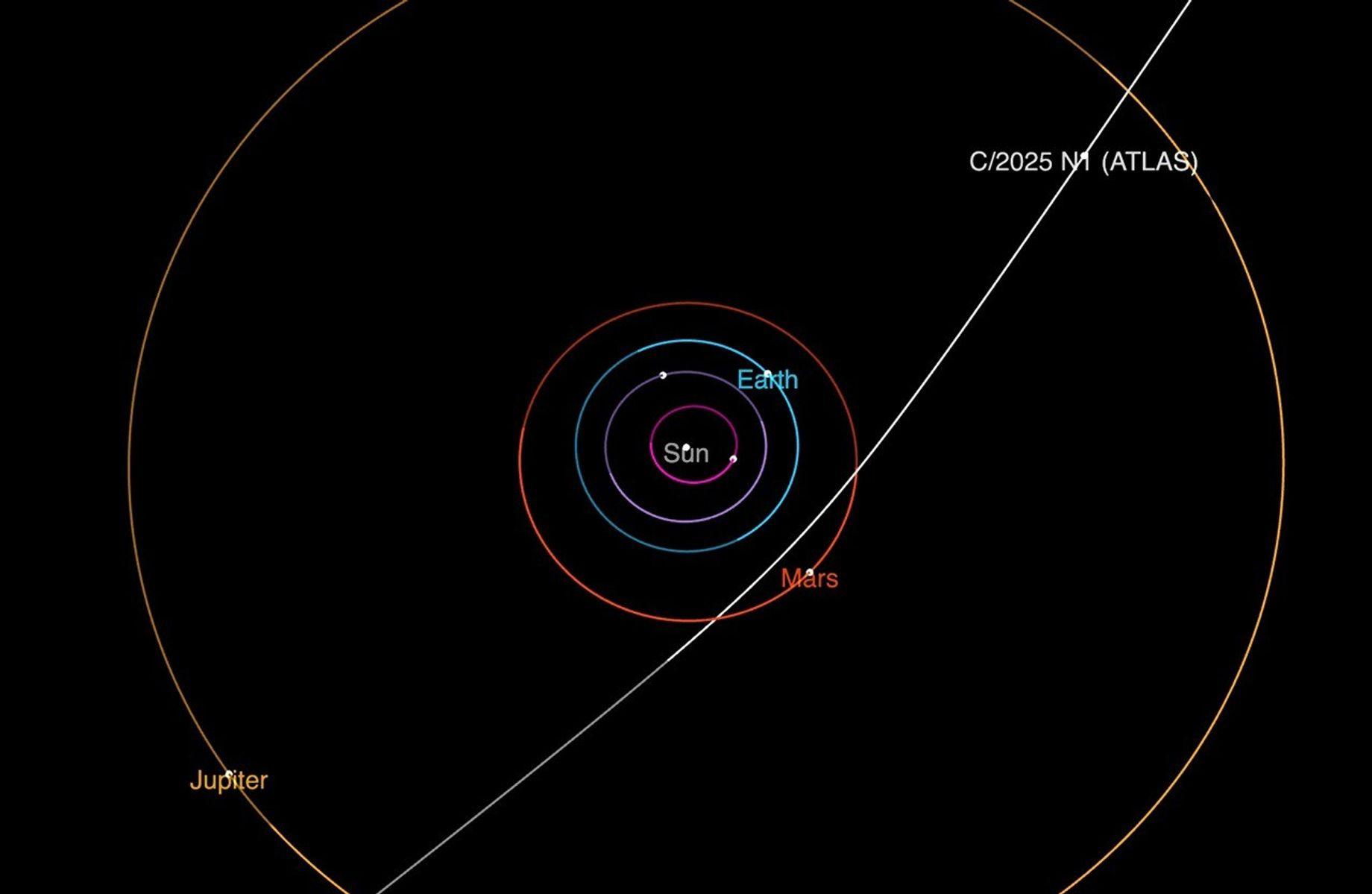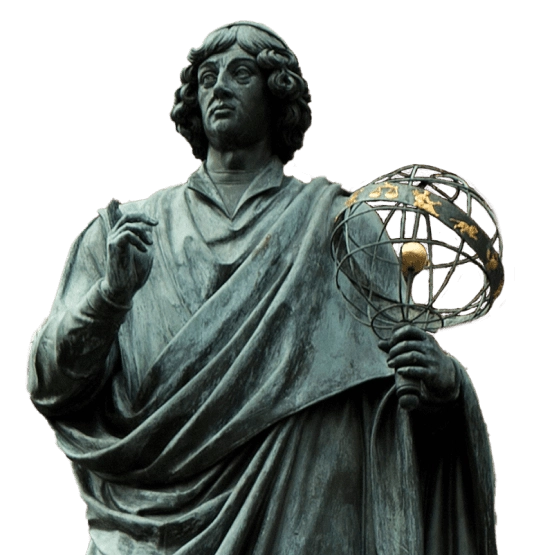A team of astronomers working with the ATLAS telescope in Chile has announced the discovery of an extraordinary object that, as it turns out, has entered the Solar System from interstellar space. The comet, officially named 3I/ATLAS, is only the third known interstellar object observed passing through our planetary system.
It was first detected in data collected between June 25 and June 29 of this year. Its origin was confirmed after analyzing archival observations from various telescopes around the world, which allowed astronomers to trace the object’s trajectory back to mid-June. The International Astronomical Union assigned it the name 3I/ATLAS—“3I” signifying the third known interstellar object.

3I/ATLAS is traveling at an enormous speed—over 60km/s—and is currently about 4.5 astronomical units from Earth (approximately 675 million kilometers), near Jupiter’s orbit. Its trajectory suggests it arrived from the direction of the constellation Sagittarius. Astronomers stress that the object poses no threat to Earth—its closest approach will be at least 1.5 astronomical units from our planet.
The comet will reach its closest point to the Sun—called perihelion—on October 30 of this year, coming as close as about 1.4 astronomical units. Unfortunately, from Earth’s perspective, the object will be on the opposite side of the Sun at that time and will not be visible.
Preliminary analysis suggests that the comet may be between 10 and 20km in diameter, which—if confirmed—would make it the largest known interstellar object to have visited the Solar System so far. The object appears slightly diffuse, possibly indicating an icy composition. However, further research will be needed to precisely determine its nature, as its classification could change if no activity from a cometary coma is confirmed.
Scientists plan to continue observing comet 3I/ATLAS in the coming months, using the latest capabilities of the Vera C. Rubin Observatory—the world’s largest and most sensitive optical telescope. With this instrument, it will be possible to track this extraordinary visitor from the depths of space in even greater detail.
Sources: NASA, Universe Today, Science Alert, dzienniknaukowy.pl






